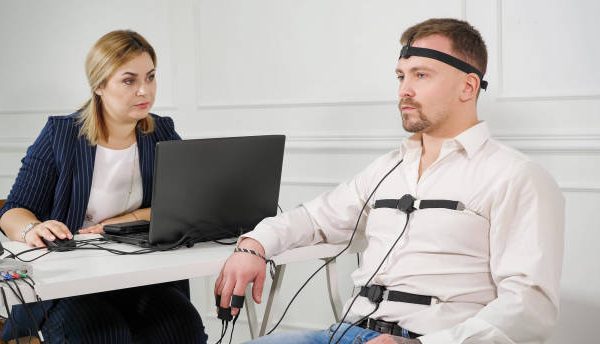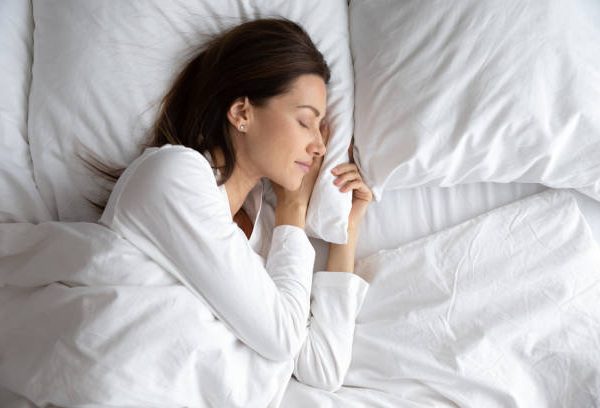Pilates, a fitness system developed by Joseph Pilates in the early 20th century, is renowned for its ability to strengthen the core, enhance flexibility, and improve overall body awareness. In recent years, the fusion of Pilates with the principles of biohacking has gained traction among fitness enthusiasts. In this article, we will explore the science behind Pilates and how it can serve as a powerful tool in your biohacking journey to achieve a stronger, more resilient core.
Understanding Pilates:
Pilates is a form of exercise that emphasizes controlled movements, proper alignment, and conscious breathing. It engages both the body and mind, making it a holistic approach to fitness. The core of Pilates lies in strengthening the body’s deep muscles, particularly those surrounding the spine and pelvis. These muscles, collectively known as the “core,” are vital for stability, posture, and overall strength.
The Science of Core Activation:
1. Muscle Engagement: Pilates is designed to activate specific muscle groups, including the transverse abdominis, multifidus, and pelvic floor muscles. These muscles play a crucial role in stabilizing the spine and pelvis, reducing the risk of injury.
2. Neuromuscular Connection: Pilates places a strong emphasis on mind-body connection. It trains your brain to send precise signals to your muscles, enabling you to engage and control them with greater precision.
3. Isometric Contractions: Many Pilates exercises involve isometric contractions, where muscles contract without changing in length. This sustained muscle engagement helps to build endurance and strengthen the core.
Biohacking and Pilates:
Now, let’s explore how biohacking principles can complement Pilates to enhance core strength:
1. Measurement and Tracking: Biohackers often use wearable devices and apps to monitor progress. You can apply this by tracking your Pilates performance, noting improvements in core strength, flexibility, and balance over time.
2. Nutrition Optimization: Proper nutrition is fundamental to biohacking. Fueling your body with the right nutrients can support muscle growth and recovery, crucial elements of a successful Pilates practice.
3. Recovery Strategies: Biohacking incorporates various recovery methods, such as cryotherapy and sleep optimization. These strategies can help your body recuperate after intense Pilates sessions, promoting muscle repair and growth.
4. Biofeedback: Pilates instructors often provide feedback on your form and technique. Biohackers can take this a step further by using biofeedback devices to receive real-time data on muscle activation and posture during Pilates exercises.
Conclusion:
Incorporating Pilates into your biohacking toolkit can yield substantial benefits for core strength and overall fitness. By understanding the science behind Pilates and combining it with biohacking principles, you can achieve a deeper connection between your mind and body, leading to a stronger, more resilient core.
References:
1. Segal, N. A., Hein, J., Basford, J. R., et al. (2004). The effects of Pilates training on flexibility and body composition: an observational study. Archives of Physical Medicine and Rehabilitation. (https://pubmed.ncbi.nlm.nih.gov/15129400/)
2. Wells, C., Kolt, G. S., Bialocerkowski, A. (2012). Defining Pilates exercise: a systematic review. Complementary Therapies in Medicine. (https://pubmed.ncbi.nlm.nih.gov/22647777/)
3. Pinto, A., Marques, E., Rosado, F., et al. (2012). Is Pilates a training method more effective than traditional abdominal exercises? A randomized controlled trial. Physiotherapy. (https://pubmed.ncbi.nlm.nih.gov/22209648/)
4. Asprion, L. P., Strahler, J., Weckend, M., et al. (2020). Pilates exercise versus physical therapy for improving physical fitness and quality of life in individuals with chronic low back pain: a randomized controlled trial. BMC Sports Science, Medicine, and Rehabilitation. (https://bmcsportsscimedrehabil.biomedcentral.com/articles/10.1186/s13102-020-00174-7)








One Response
I’m really impressed along with your writing talents as neatly as with the structure on your weblog. Is that this a paid subject matter or did you customize it yourself? Anyway keep up the excellent quality writing, it is uncommon to look a nice weblog like this one these days!